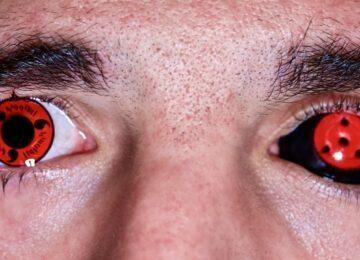Before you get all too excited when shopping for zippers by the yard via ZipperShipper.com, it is important to learn the three basic zipper teeth classification depending on the specific material it was made from.
Metal Teeth/Elements
Metal teeth or elementsare the most frequentlyused material and are also the first material used back in the time when the zipper was originally developed during the early part of the 20thcentury. If you are looking for zippers made from metal, make sure you consider the specific material used in the finish and construction since rust will make the zipper malfunction.
These metal elements can be further divided into various types depending on the construction material and the manufacturing process.
The classifications according to the manufacturing process include the following:
- Metal wire teeth – These elements can be made from white brass, brass, nickel, or aluminum, and can be profiled or flat.
- Die-cast teeth – These elements are made from zinc metal that is die-casted directly on the zipper tape.
Meanwhile, the classifications according to the material used include the following:
- Aluminum teeth – The elements are made from aluminum material.
- Antique brass – The elements are constructed from chemically treated brass that gives it a worn-out appearance and rustic colorings.
- Black oxidized – The elements are made from chemically treated brass that creates the black matte colorings.
- Brass teeth – The elements are constructed from a mixture of zinc and copper.
Molded Plastic Teeth/Elements
The teeth are built from molded high-performance resin that is individually injected then fused directly onto the zipper tape. Plastic teeth are very flexible and durable, making them ideal for outdoor applications and heavier garments.
The following are the five varieties of plastic teeth:
- CFC teeth – These are made with spiral coil.
- LFC teeth – Also known as L-type teeth, these are built with a special coil by Ruhrmann or meander. It is placed around the zipper tape’s edge.
- Plastic extruded teeth – Here, the string of the plastic teeth will be extruded first before it is stitched onto the zipper tape.
- Plastic molded teeth – These teeth are made from polyacetal and directly molded onto the zipper tape.
- Woven-in coil teeth — The coil is directly wovenonto the zipper tape using unique looms.
Special Teeth/Elements
There are also special types of teeth that cannot be categorized into standard plastic or metal teeth due to their unique functions and features. The following are the commonly found special teeth/elements:
- Coil teeth – These are made from monofilament coiled continuously. These are often made from an extruded nylon strip, which explains why they are sometimes called nylon teeth. The material offers greater flexibility. These are also available in various sizes. These can often be found on canvas bags and tents.
- Invisible teeth – Also technically CFC teeth, invisible teeth are made in such a way that it is almost indiscernible from the outside, showing just the tapes merged with the garment itself. These are commonly found in dresses and skirts.
- Open-end teeth – The teeth can be completelyseparated once the slider is completely opened. These are often found in sweaters, jackets, and other outerwear. A pin and box attachment replaces the bottom stop to allow the separation.
- Two-way teeth – The two-way teeth can be opened from the two sides, normally coming in the larger size of molded plastic, metal, or CFC. You can find these on luggage and outerwear.












